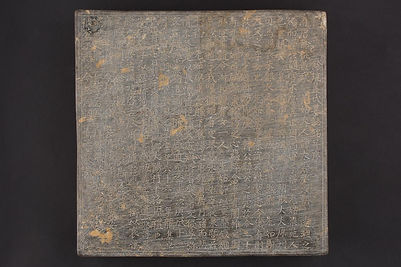
TaoisM
Upon arrival, attendees should greet the family and let them know that they would like to pay respects to the departed. While offering incense to the departed, it is customary to bow three times. You may also notice a bunch of red thread on the table. Tie one loosely around your finger and discard it only after the funeral before you enter home. There may also be coins wrapped in red paper. You may take one but spend this money immediately. Some funerals may also provide blessed or holy water. There will be buckets of clean water with flowers floating on top. You may use the water to perform a simple cleanse before heading home. When departing, you should do so quietly. It is believed that saying goodbye would invite the deceased to visit your home. Nevertheless, it is respectful to leave a dignified event quietly.
HINDUISM
When one pays their respects to the deceased, incense is often lit and offered at most Hindu funerals. This practice may be accompanied by chants and the symbolic lighting of a fire.
Hindu funerals often open caskets and attendees are welcome to view the body. As the body is considered sacred during this process, attendees will pray over the body, present flowers and even touch the feet of the deceased to receive blessings. Non-Hindus may present flowers as well but need not say the prayers.
iSLAM
Attendees should ensure that they are not in the way of any preparations. Muslims may join in with prayers, while non-muslims may wait outside or stay to listen. A silent prayer, a simple farewell, or a moment of silence is appropriate to pay respects to the deceased.
Stone funerary epitaph
618-906 CE
Stone (Worked Rock)
L35 x W34.5 x H5.7 cm
Collection of Asian Civilisation Museum
Stone funerary epitaphs are usually constructed to show filial piety as it usually reflects the sincerity of the deceased family members or more specifically the son(s) of the deceased.
Credit: Picture from Roots.sg


Blue-and-white soup spoon
19th-20th centuries
Porcelain
H4.5 x W11.5 x D3.9 cm
Collection of Asian Civilisation Museum
White and blue are usually the traditional mourning colours of most Taoists - which are the colours used in their dining ware that is used as funeral ceremony offering.
Credit: Picture from Roots.sg
A funeral with an open coffin
1937
Black and White Photograph
15.3 x 20.2 cm
Collection of National Museum of Singapore
An open coffin setup is common in most religions. Flowers are sent to the grieving family, imparting their condolences - such as lilies and chrysanthemums in white or yellow.
Credit: Picture from Roots.sg


Spirit Trap
1990
Mixed Media
50 x 30 x 14 cm
Collection of Singapore Art Museum
Spirit Trap contains much Muslim symbolisation. The hanging cloth for one is a reference to the pall cloth used to cover Muslim coffins.
Credit: Picture from Roots.sg by Salleh Japar